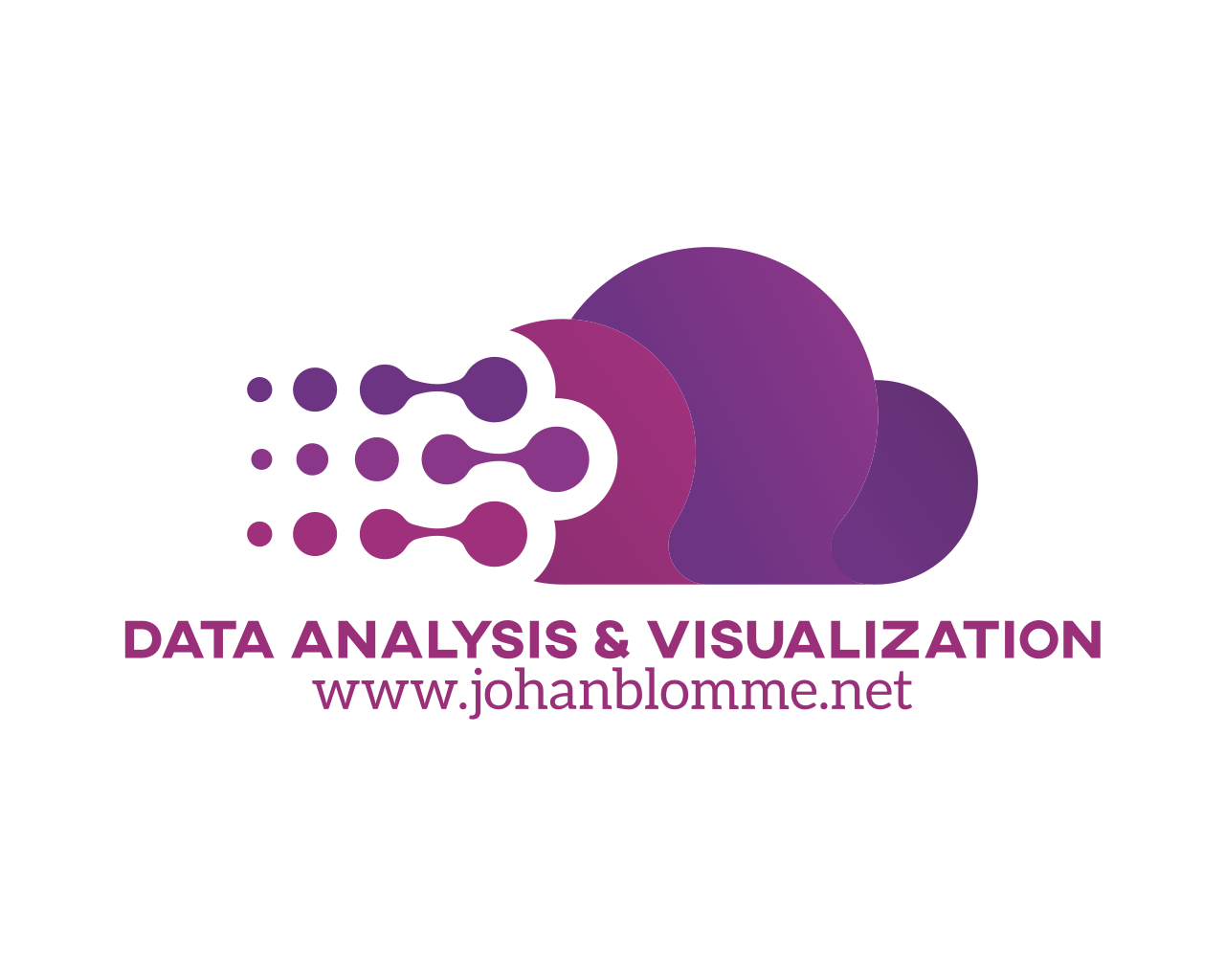Big data, open data, small data
The current business environment evolves from a transition towards globalization and a restructuration of the economic order. The pace of technological change that allows instant connectivity and the current era of ubiquitous computing that resulted from it, represent a new normal.
In the knowledge economy, activity is based on highly networked interactions. The amount of digital collaboration is increasing among people, things and their interactions. Through the Internet of People and the Internet of Things, networking is expanding not only in person-to-person interactions, but also in person-to-machine and machine-to-machine interactions.
The digital revolution of recent decades creates a new economy of data. Fur businesses to become responsive to market conditions, it is necessary to look at the whole ecosystem and access data from disparate sources, inside and outside the corporate firewall. What has been termed "big data" refers to the capacity to access and analyze large data streams. Not only big data but also the open data movement, that strives to make data freely available, gains increased acceptance. Open data emerges as a public resource to disseminate datasets that are commonly made available (in many cases through APIs).
The exponential growth of data and the increased reliance on insights derived from data for decision-making, causes a shift in the analytic landscape. Data analysis is more than an IT-function and is about people and business decisions. Therefore, the emphasis of analytics is on designing solutions that focus on answering business questions of the end user. Users want seamless access to information to support decision-making in day-to-day activities. In both their personal and professional lives, Web-savvy users have adopted the principles of interactive computing and have come to demand customizable tools with high responsiveness. Analytics, and the insights it delivers, evolves towards a function that follows the lines of the self-service model with business users producing their own reports in an interactive way and performing analytics on demand.
Open data disrupts the traditional workflow from data selection to final product creation and dissemination that is controlled by proprietary technologies. As businesses need smaller and flexible applications targeted at a specific problem, open data becomes a part of the data mix. Changing business environments make the idea of providing access to a limited number of specific datasets rapidly outdated. Therefore, open data becomes an important driver for "small data" : specialized datasets that provide targeted information to address a specific question or problem. The real challenge is not to manage big data but to access and manage a distributed ecosystem of small data.
